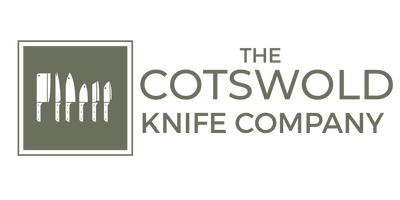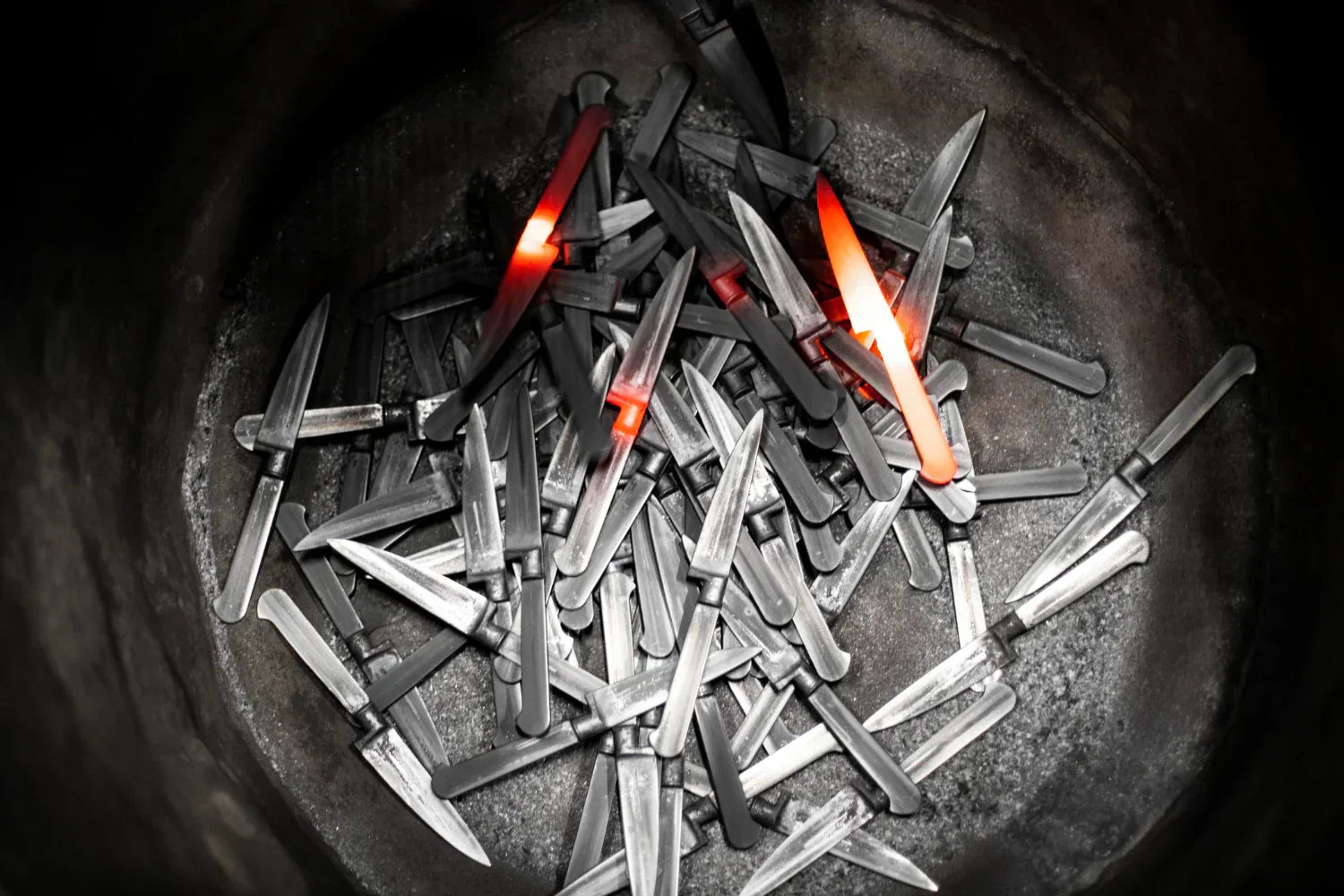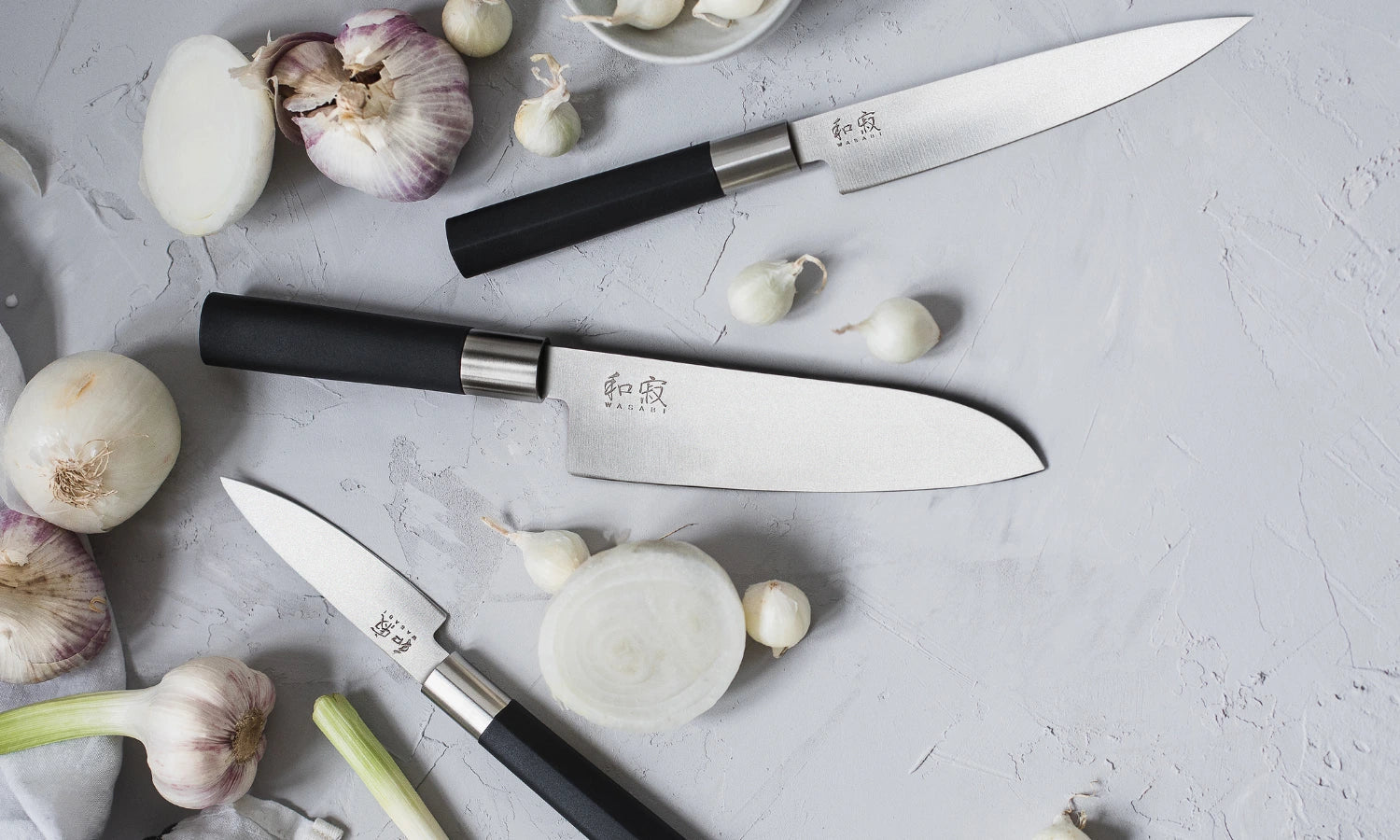Introduction to Utility Knives

In the world of kitchen knives, the utility knife stands as one of the most overlooked yet remarkably versatile tools. Bridging the gap between a paring knife and a chef’s knife, the utility knife is designed for precision, balance, and control in a wide range of everyday tasks.
What is a Utility Knife?
A utility knife is a mid-sized kitchen knife typically ranging from 4 to 7 inches in length. It's intended for tasks that are too detailed for a chef’s knife yet too large for a paring knife.
Compact, nimble, and incredibly precise, this tool excels at slicing, trimming, and peeling with ease.
Blade Styles and Design
Utility knives often feature a narrow, straight-edged or slightly curved blade, designed to deliver clean, controlled cuts.
Some models may have a granton edge—small hollow dimples along the blade—to reduce drag when slicing through moist or sticky ingredients.
The blade's shape allows it to perform delicate tasks like peeling fruit, while still being capable of handling more robust jobs such as carving cooked meats or slicing sandwiches.
Key Features and Uses
The utility knife earns its name through sheer practicality. With a blade typically measuring between 4 and 7 inches, it offers a balance of dexterity and flexibility, making it ideal for a wide variety of cutting tasks.
Its versatility makes the utility knife one of the most frequently used tools in the kitchen. Common uses include:
- Slicing cured meats – Thin, even cuts without tearing or crushing
- Cutting cheeses – Especially useful for semi-soft varieties like brie or gouda
- Trimming fat from meat – More nimble than a chef’s knife for close, detailed work
- Chopping small vegetables – Quick, precise cuts without needing a full-size blade
- Preparing sandwiches – Cleanly slices through breads, fillings, and spreads
- Segmenting fruits – Great for apples, citrus, peaches, or plums
- Creating garnishes – Handles delicate herbs or decorative slicing with ease
Its slim profile and comfortable handling make it a go-to for any task requiring controlled, accurate cuts—especially when a chef’s knife would feel oversized.
Because of this versatility, many cooks find themselves reaching for their utility knife more often than they expected—making it a true asset to your kitchen.

Maintenance and Care
Utility knives are built for everyday performance, but like any quality kitchen tool, they need regular care to stay at their best.
Hand washing is always recommended—avoid the dishwasher, as harsh detergents and high heat can damage the blade and handle.
After washing, dry the knife immediately with a soft towel to prevent moisture from dulling or corroding the steel.
Using the right cutting surface is also essential. Wooden or plastic chopping boards will help preserve the edge, while harder surfaces like glass or ceramic can wear it down quickly.
Finally, keep the blade sharp. Regular honing or occasional sharpening with a whetstone ensures your utility knife stays responsive and reliable. A well-maintained blade will glide through ingredients cleanly and efficiently—exactly as you’d want.
Selecting the Right Utility Knife
Choosing the right utility knife comes down to finding a tool that feels natural in your hand and performs with consistency. While all utility knives share the same mid-sized versatility, subtle differences in design and construction can have a big impact on how the knife handles day-to-day kitchen tasks.
For example:
- Blade length is a key starting point. As mentioned previously, most utility knives range between 4 and 7 inches. A 4 inch knife offers greater control for delicate tasks, while a 7 inch blade adds reach and flexibility for slicing and trimming larger ingredients.
- Equally important is how the knife feels in your hand. A well-balanced utility knife should feel stable and responsive, with the weight distributed evenly between the blade and handle. The right knife won’t feel heavy or awkward—it should become an extension of your hand.
- Handle design plays a large role here. Look for a shape that offers a secure grip, especially during detailed or repetitive tasks. Comfort and control are key, whether you’re slicing through soft fruits or preparing meats.
- The material of the blade also matters. High-quality stainless steel or carbon steel blades tend to offer better edge retention, sharpness, and resistance. For a premium experience, opt for a knife with a fine-grain, well-tempered blade that holds its edge and sharpens easily.
- Finally, weight and design preferences come down to that ‘ideal feel’ you’re after. Some prefer a lighter knife for speed and agility, while others favour a slightly weightier build for added confidence and control.
When you find the right balance between these elements, the result is a knife that feels tailored to your kitchen routine—quietly elevating every slice, trim, and prep task you take on.

Do only professional chefs benefit from a utility knife?
Not at all. While utility knives are certainly a staple in professional kitchens, they’re equally valuable to home cooks. In fact, many home chefs find themselves reaching for a utility knife more often than they expected.
What foods do you use a utility knife for?
Utility knives are designed for versatility. They’re perfect for:
• Slicing soft fruits
• Halving sandwiches
• Trimming meat
• Cutting cheese
• Handling smaller vegetables
Whether you're prepping sandwiches, laying out meats and snacks, or chopping everyday ingredients, the utility knife handles it all with ease.
Utility Knife vs. Other Knives
The utility knife fills a unique space in any kitchen- bridging the gap between the finesse of a paring knife and the power of a chef’s knife.
From preparing a quick midweek salad to slicing fruit for a child’s lunchbox, the utility knife earns its place in any kitchen. And more often than not, it’s exactly what you need.
Compared to a paring knife, the utility knife offers greater reach and cutting strength. It’s the blade you instinctively reach for when you’re not quite sure which knife to use.
While a paring knife excels at delicate, close-hand work like peeling or intricate garnishing, it can really struggle with mid-seized tasks. You’d reach for your utility knife when slicing cured meats, halving baguettes for sandwiches, portioning chicken breasts… Any task that demand a little more blade while giving you ultimate control, precision, and power.
Opposed to a chef’s knife, for example, the utility knife offers significantly improved manoeuvrability. Where a chef’s knife would be good for chopping vegetables, it will feel oversized for task like scoring meat, trimming fat from steak, and slicing soft cheese. The utility knife, on the other hand, has the handleability and control that these types of knives lack.
Utility knives bring balance to your kitchen setup, giving you a go-to option for everything in between. In those moments- when control matters more than power - the utility knife steps in with agility and gets the job done.

Why a Utility Knife Is a Must-Have Tool
Every kitchen has its essentials - and the utility knife earns its place among them. Its strength lies not in specialisation, but it’s ability to adapt.
From trimming meat and prepping lunch to slicing fruits and portioning cheese, this mid- sized blade does it all with precision and ease.
More agile than a chef’s knife and more capable than a paring knife, the utility knife is the perfect balance of performance and practicality.
It doesn’t demand attention, but once you begin using it, you’ll wonder how you ever worked without it.
For anyone serious about cooking - whether at home or in a professional setting - a quality utility knife quickly becomes one of the most reached-for tools. It handles the tasks that fall between your specialist knives, delivering control, comfort, and reliability where it matters most.
If you’re building a premium knife collection, don’t overlook the quiet value of a well-made utility knife.
It may not be the largest blade in your drawer- but it might just be the one you reach for most.




